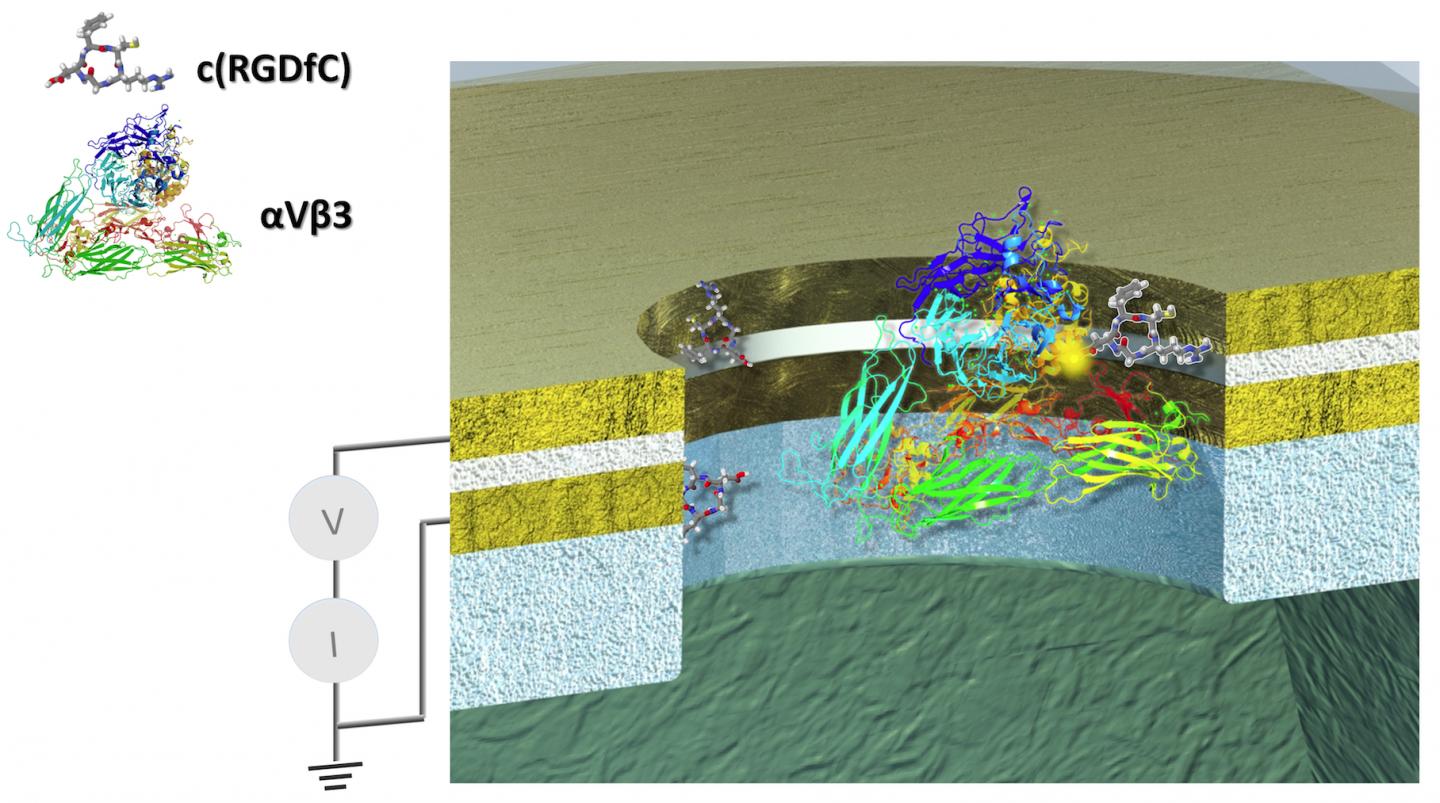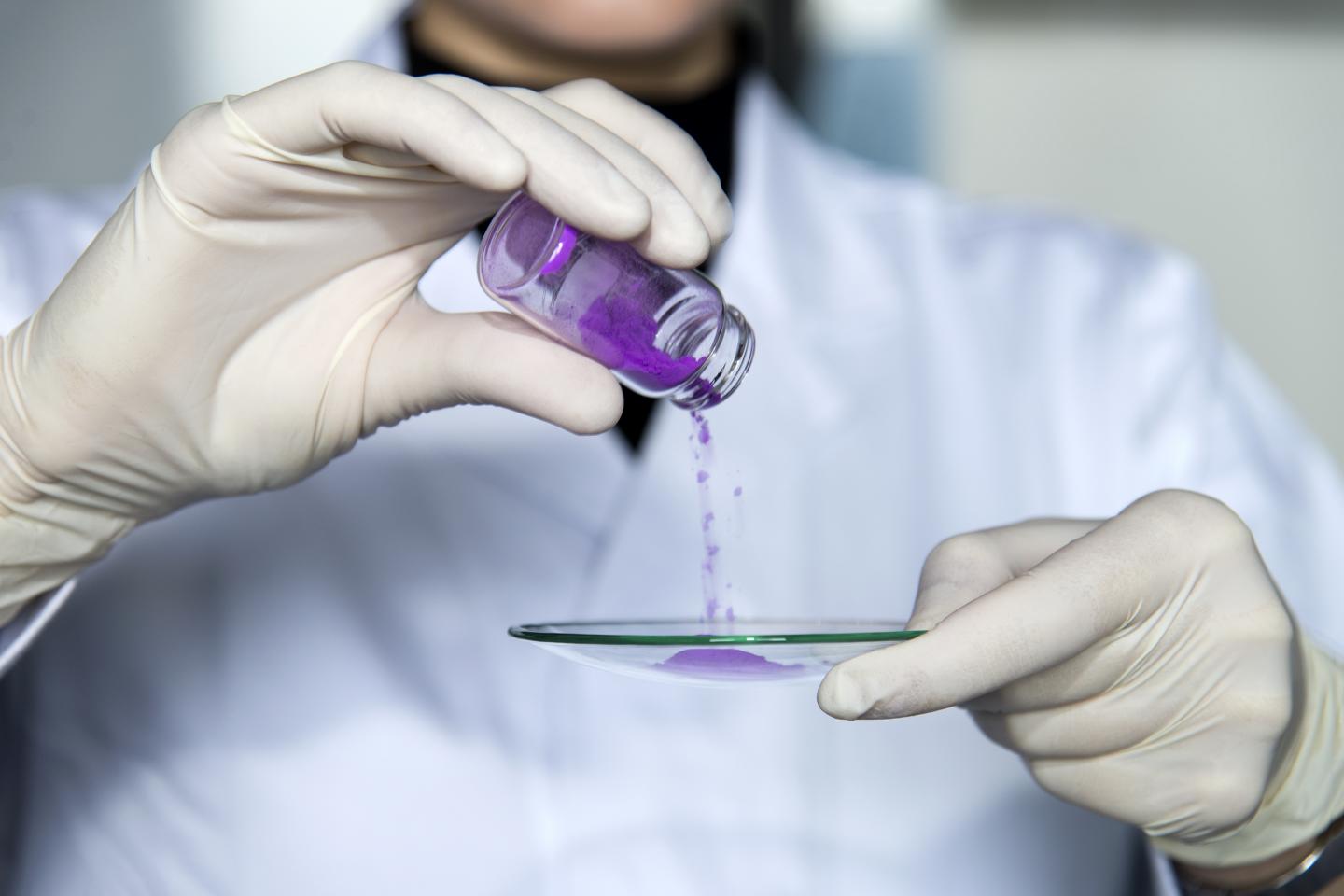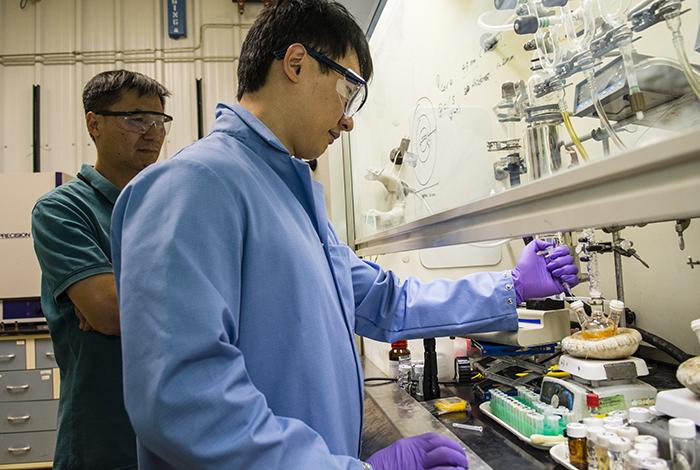
Lindsay explored the interactions between a protein, called an integrin (alphaVbeta3), and its target, called a ligand (RGDfC). Lindsay's team was able to manufacture a nanodevice to more finely control a series of experiments with a carefully sized gap to control the protein, an electrode holding the ligand in position, and control the amount of voltage that can be applied to it.

Dr. Jennifer Ludwig at the Technical University of Munich (TUM) has developed a process, that allows a fast, simple, and cost-effective production of nanocrystalline lithium cobalt phosphate crystals. Compared to standard lithium iron phosphate this material improves the energy density of lithium-ion batteries from about 600 to 800 watt hours per kilogram.

Los Alamos National Laboratory Chemist Jaehoon Lim works on an apparatus that synthesizes quantum dots along with Los Alamos researcher Young-Shin Park (also with the University of New Mexico Center for High-Technology Materials). In a paper published in Nature Nanotechnology, Los Alamos colleagues Kaifeng Wu and Victor Klimov worked with Lim and Park to demonstrate that negatively charged quantum dots show promise for low-power laser applications or quantum dot laser diodes.